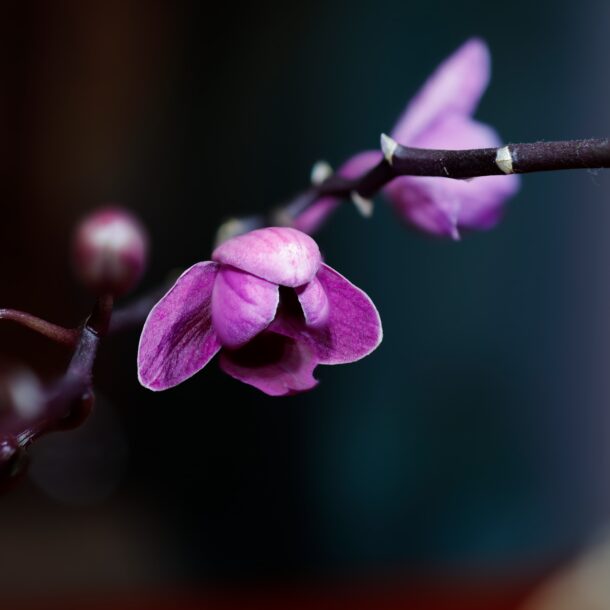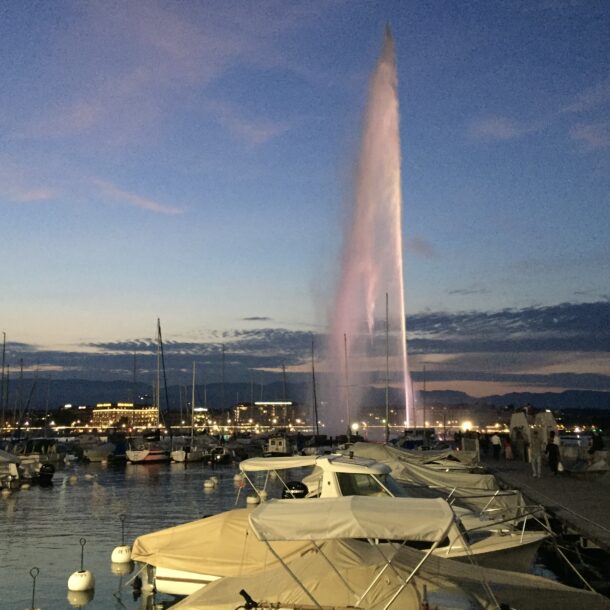
The Weave of Luxury
It’s a long, arduous, and fascinating journey from the moment a caterpillar spins its cocoon by slowly and deliberately changing from larva to pupa, all the while producing a thread varying in length and color. The result is as fascinating as the process, which produces one of the most luxurious and finest fabrics in the world-silk.
What makes Thai silk special? Thai silk is unique because its produced by caterpillars that feed on Thai mulberry leaves. The larvae that feed on mulberry leaves are known to produce the world’s finest silk. The larvae are veracious eaters; they can eat 50,000 times their initial weight on plant material alone.For that to occur, caterpillars need the perfect growth setting.
Most of the silk grown in Thailand comes from Khorat, a province in the northeast region of Thailand known as Nakhon Ratchasima. Khorat is one of Thailand’s most rigorous suppliers and producers of Thai silk, producing authentic fabrics that are timeless and unique.
One cannot delve into the history of Thai silk without accrediting Jim Thompson, one of Thailand’s pioneer ex-pats, commonly referred to as the “father of Thai silk.” Thompson was among the first businessmen whose skill and ingenuity credited him with establishing the Thai silk industry.
Thompson established his first Thai silk company in 1950; he was the first to introduce permanent chemical dyes for Thai silk fabrics. He focused on grassroots efforts to help the needy by paying weavers high wages. He made millions from his core group of weavers by giving them shares in the Thai silk industry. Thompson mainly employed Thai women, giving them the liberty to work from home and to choose their working hours while retaining their position in the household and becoming breadwinners. Jim Thompson’s legacy lived on; even after his strange disappearance, his brand and mansion, now a museum, are well known in the Kingdom of Thailand.
How is Thai Silk Made?
The process of making Thai silk is rigorous and strenuous. After collecting the cocoons from the mulberry bush, they are placed in vats of boiling water. The boiling water enables the separation of the silk thread of the cocoon from the caterpillar. The silk is then washed, bleached, and placed in hot dye vats and regularly mixed to get a uniform color and texture. The silk threads are then removed, dried, and placed on spools for weaving using traditional handlooms.
Most of the quality Thai silk on the market is handmade. Thai silk can also be machine woven. Depending on your preference, both types are available. Preference is usually given to hand-woven material; their quality and patterns, along with their fabric, speak volumes about the effort that has gone into its preparation.
Thai silk is different from other types of silk, like Chinese or Indian silk, because of one unique quality: its lustrous eminence. Unlike other types of silk, Thai silk reflects lights like prisms, thanks to its triangular fibers. It is also unique because of its natural texture; Thai silk is strong enough and elastic yet flexible.
Types of Thai Silk
Thai silk fabric is being used in a different fashion sense in Thailand, not only in women’s clothing. In Thailand, silk drapery and curtains are making a fashion statement in household décor. It is also common to see Thai handicrafts and accessories and men’s neckties made of traditional Thai silk.
There are two distinct types of Thai silk, the “smooth” and “rough,” both have a popular niche market in Thailand. Smooth silk is used for clothing, while rough silk is popularly used for drapes and curtains. Thai fashion designers also use two-toned Thai silk in many of their designs because it adds a distinctive dimension to their designs.
Brocaded Thai silk, usually found in northern Thailand, has a one-of-a-kind weave that gives the fabric an embossed or raised quality. The material isn’t smooth but is designed in such a manner to create patterns. Its weaving process requires skill and patience and commands a hefty price in the Thai market.
Another well-known type of Thai silk, Dupioni, is made out of a mixture of long and short rough cocoons; the fabric doesn’t exactly feel smooth as it has deliberate tiny knots or bumps crucial to its character. Dupioni silk is frequently used to make luxurious pillows and sheets.
Also popular is Mudmee silk, which originated from the northern region of Isaan. What is unique about this type of silk is its intricate traditional geometric motifs. When translated from Thai, the word Mudmee means “tied thread.” Because of the complexity of the pattern and the intricate way its threads are woven, it is known to be among Thailand’s best and priciest weaves.
Identifying Authentic Thai Silk
It can be hard to tell the difference between authentic Thai silk and other counterfeits, yet the look on its own will not give you the answer. Two important factors determine the material’s authenticity. These are the feel and the texture of the weave. Thai silk is often a bit scratchy; it is not soft and smooth; new Thai silk should feel tough yet sturdy.
Another factor is how the weave appears. If you notice a few imperfections in the weave or pattern, then the material you are holding is likely handmade Thai silk. Even the best weave makers can’t produce a faultless weave. Of course, there are other traditional methods that you could employ when you purchase the material and test it out at home. These include burning the silk thread with a flame. If it is authentic Thai silk, it would smell like burnt hair, a testament to the fiber that comes from silkworms; artificial silk, on the other hand, smells like plastic.
The Kingdom of Thailand has placed rigorous patents on Thai silk materials to validate its authenticity. For example, you can look for the traditional Peacock emblem on most fabrics; the emblem certifies the quality of silk produced in Thailand.
Thai Silk in Action
Thailand has no shortage of silk factories where you can see firsthand how Thai silk is made. The Thai silk village in Chiang Mai allows you to observe the process of making silk from scratch. The staff guides you through different showrooms where the process of making silk is explained in detail.
To learn more about the Thai silk industry, visiting the Queen Sirikit Museum of textiles in Bangkok will impress you. The museum is closely located by Thailand’s Grand Palace and has a boutique selling silk fabrics, home décor, and accessories made with the finest silk. The museum collects and displays several Thai silk textiles worn by her Majesty Queen Sirikit and includes a trove of Thai silk displays from the East, South, and Southeast regions of Asia.
Bangkok has an abundant array of silk stores scattered throughout the city. If you are looking for genuine luxurious quality, visiting the Jim Thompson house is worthwhile. You can also visit the many family-owned silk farms in northern Thailand, weaving and growing their own silk and selling it at competitive prices!



